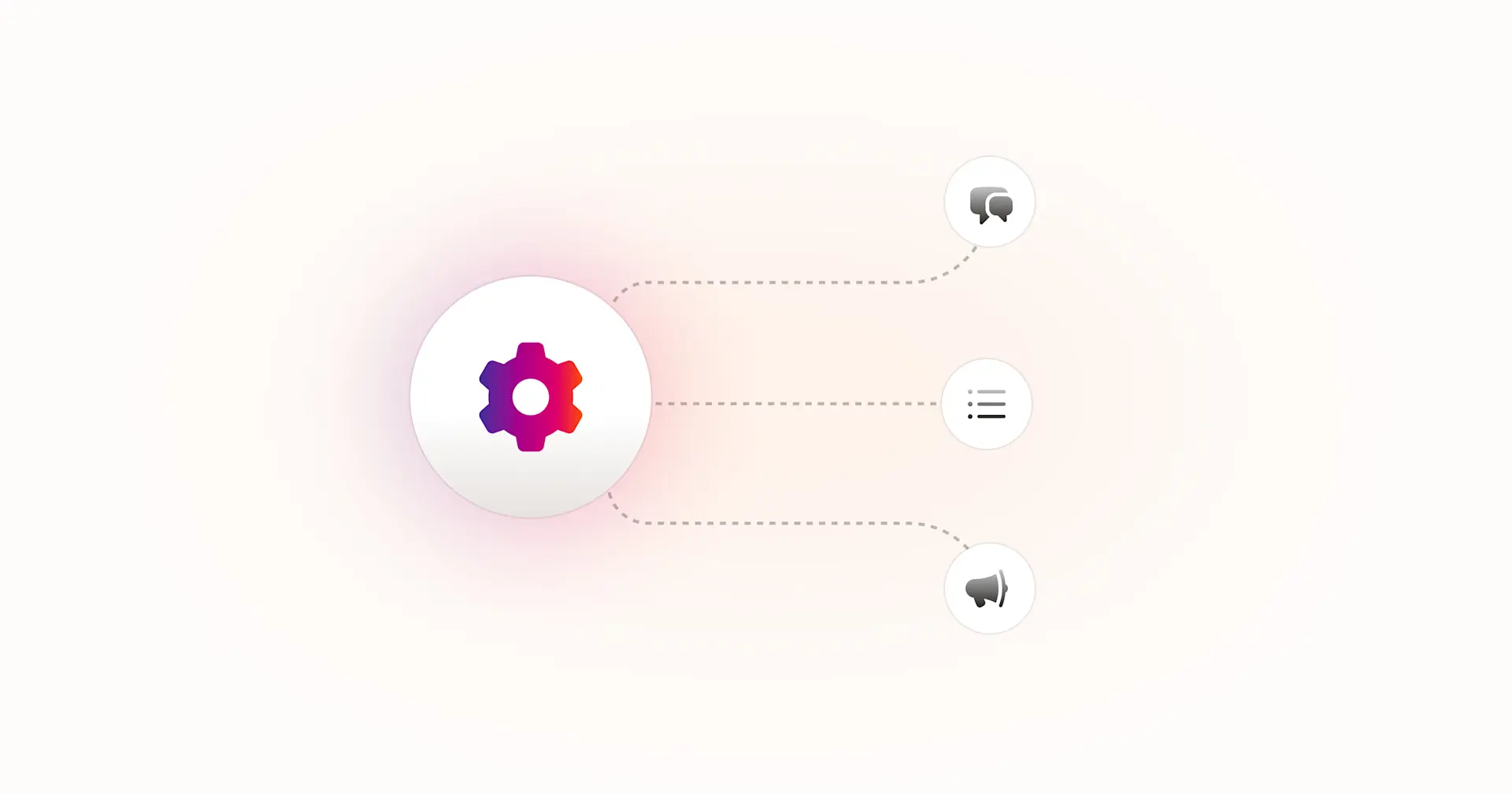3 questions to ask of any DevOps tool in 2024
It's not good enough for a tool to just do one thing anymore. We need Swiss Army knife tools that help us demonstrate our value, enhance our oversight of software systems, and continually expand our skills.

By Robert Ross on 3/6/2024

Is your DevOps tool stack out of control? I feel like every day, I talk to someone who feels this pain. The technological golden age of the past few years created a lot of niche tools, but now that CFOs and boards alike are demanding budget restraint, many of these tools are being scrutinized.
The reality of the situation is that it’s not good enough for a tool to do one thing anymore. Similar to how we often work as engineers, we need Swiss Army knife tools that help us show our value, enhance our understanding of our systems, and open time for us to continually expand our skill sets.
If you’re one of the many tech workers currently being asked to evaluate your tools, here are three questions to ask.
Will this tool help me reclaim time through automation?
According to the IDC, there’s a good chance you’ll be asked to do more in the next year or two. Their analysts predict a global shortfall of 4 million developers by 2025. It’s time to automate rote work for good. In 2024, we need tools that liberate us from mundane, repetitive tasks to help us work more efficiently and focus on more strategic aspects of our roles.
For example — I’ll talk about incident management here because it’s what I know best — keeping a timeline during an incident, although critical, doesn’t require human brainpower in 2024. Compiling notes, decisions, and timestamps for the retrospective is another task that’s crucial but can be done with automation. I’m certainly not saying that automation is the answer and human intervention is never needed, but automation can take you a long way toward the goal before you have to step in.
It’s not just about automating toil, though. It’s about minimizing the amount of routine, unskilled decisions we’re asked to make. At this stage, any reliability tool should be equipped to make conditional decisions autonomously. Whether it's pulling in the right service owners or discerning between an incident and noise, intelligent decision-making capabilities empower us to respond swiftly and effectively.
The more we can reclaim our time through automation, the better able we are to react quickly while saving our actual brainpower for problem-solving and learning … you know, the things that attracted us to engineering in the first place.
Will this tool help me ensure accuracy?
A 2022 analysis of outages found that 40% of companies suffered a major outage caused by human error between 2019 and 2022. And 85% of those stemmed from procedures: either people failing to follow them or the process itself being faulty.
We are managing too many services, too many projects, and too many teams to use tools that don’t help us ensure accuracy. Reliability tools in 2024 must provide a consolidated, reliable source of truth and guide us along the way. A centralized repository of data ensures that all team members are on the same page, reducing confusion and minimizing errors in decision-making.
But it’s not enough to just have that source of truth. Our tools should offer prompts or runbooks — or better yet, automation — that help whoever is on call during an incident can take the steps you’ve aligned on as a group. This not only aids in troubleshooting but also streamlines incident response, minimizing downtime and potential losses. This structured data of services, changes, and teams empowers you to scale your incident management practices to the whole organization.
And, of course, accuracy is imperative when it comes to customers. In 2024, customers understand that complicated systems fail, but what they can’t understand is a lack of transparency or accuracy. Modern tools should facilitate real-time updates on the status page and seamless communication with customers — across departments. No more siloed workflows between CS and Engineering. Transparent and timely communication builds trust and loyalty.
Does this tool help me identify efficiency and value?
Reliability is not just a technical concern but a pivotal aspect of a company's bottom line, which honestly should be everyone’s concern today. The State of SRE in 2024 Report said that well over half of respondents said two things:
Reliability engineering practices add business value in improved operational efficiencies.
Reliability engineering practices result in improved customer satisfaction or experience.
And last year’s DORA report agreed. There’s still a burden of proof that lies on us to show these improvements in our own orgs though. We need our tools to help us demonstrate our personal value and the effect our work has on reliability.
If we can’t point to accurate metrics that show that our work on a particular service has resulted in better reliability, then we can’t show the value of our work. Analytics that help identify patterns among people, products, and systems are a must in any modern tool.
Conclusion
The demands on DevOps teams in 2024 necessitate reevaluating the tools at their disposal — and it’s about time. Innovative, modern reliability tools that automate routine tasks, ensure accuracy, and identify areas of efficiency are not just advantageous – they are essential for DevOps professionals to navigate the challenges of the current economic climate and showcase their indispensable role within organizations.
See FireHydrant in action
See how service catalog, incident management, and incident communications come together in a live demo.
Get a demo